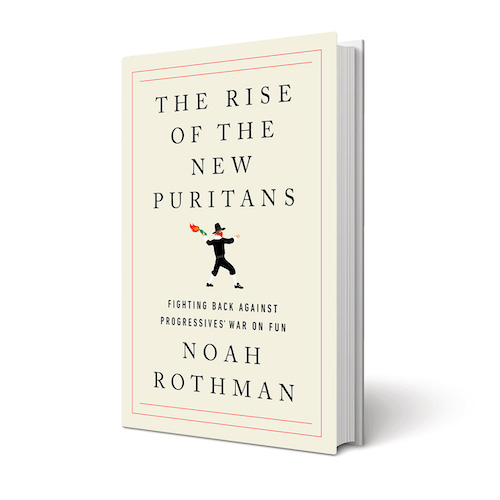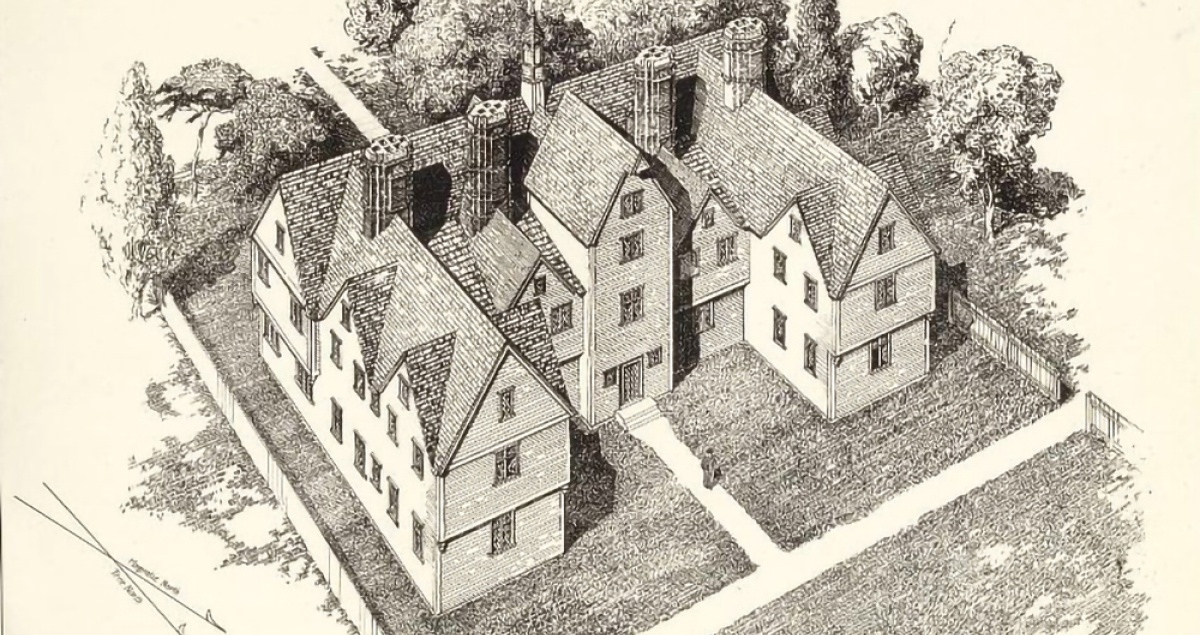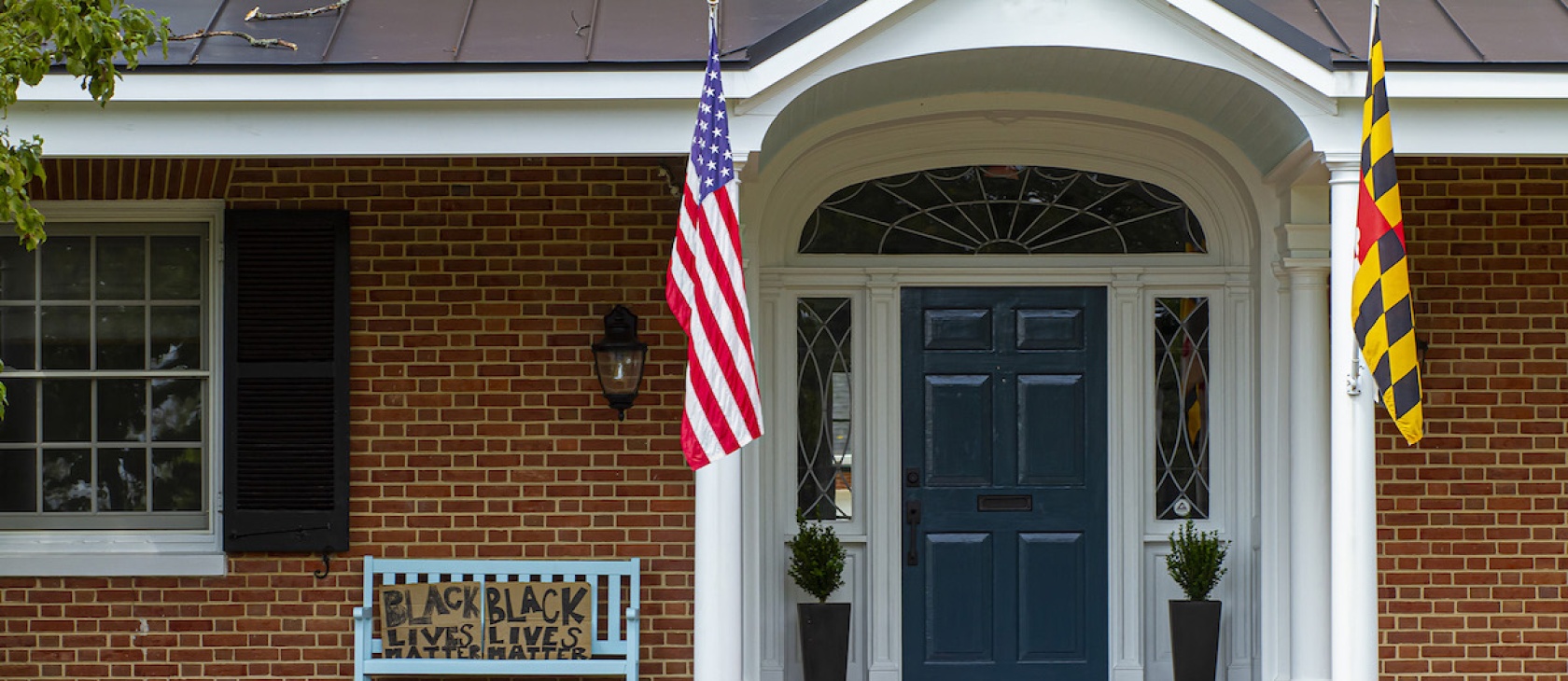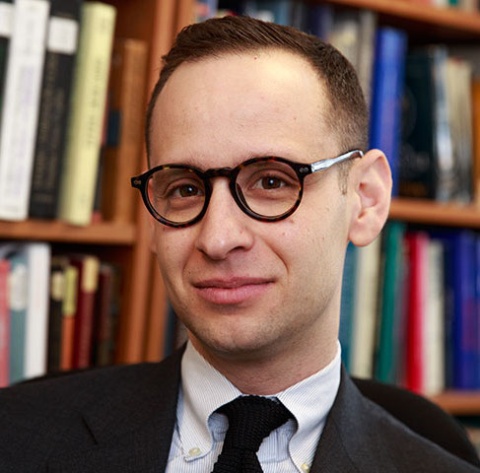Henry Louis Mencken, America’s greatest raconteur journalist, famously described Puritanism as “the haunting fear that someone somewhere is having a good time.” In his essay “Puritanism as a Literary Force,” Mencken extended the argument, blaming this fear for deforming national culture. Americans, Mencken argued, habitually confused intellectual and aesthetic judgments with moral ones. Insistence that the true and the beautiful must be synonymous with the good not only stunted domestic genius but also prevented appreciation of superior foreign imports.
A new book by Noah Rothman draws a comparison between the Puritans of the 17th century and today’s language and culture scolds. But does the equivalence hold beyond superficial similarities?

By Noah Rothman
(Broadside Books, 2022)
Mencken’s description of the narrowness of the American mind now seems distant. Our arts, letters, and other media show few obvious traces of Puritan restraint. Mencken lamented that Americans were too prudish to recognize the achievements of Dreiser or Ibsen. Confronted with the exhibitionist contents of TikTok or other social media platforms, he might wish some of the old inhibitions remained.
The decline of traditional standards of intelligence, decency, and good taste, however, is deceptive. We’ve become more comfortable with coarse language, graphic violence, and bitter criticism of venerable institutions. But violations of political and sexual etiquette still provoke outrage, ostracism, and boycotts, if no longer the legal penalties Mencken abhorred. Mencken, who died in 1956, missed the term “cancel culture” by several generations. But he’d likely recognize a mutation of the same impulse that he described as Puritanism.
It’s not clear, though, how much such tendencies owe to the form of Christian dissent that encouraged the settlement of New England—and, indirectly, the establishment of the United States. In The Rise of the New Puritans, journalist Noah Rothman tries to show that they have more in common than a pithy description. Drawing on the work of historian Michael Winship, political scientist George McKenna, and other scholars, Rothman contends that there is at least an elective affinity between the old Puritans and their putative successors. The New Puritans might not believe in God, the church, or the immortal soul. But they, too, judge human affairs by rigorous, specific, and, to many outsiders, alienating standards of conduct.
At a sufficient level of abstraction, the comparison is not implausible. Rather than presenting a full genealogy, The Rise of the New Puritans is organized around a set of personal and social virtues that early modern Protestants and 21st-century progressives ostensibly share. They include habits of self-scrutiny for the possibility of fault, suspicion of nonpurposive activity, an aspiration to establish a perfected society. Although Rothman does not claim that his various targets display all these qualities to the same degree, it’s not hard for him to show that they’re widespread in a milieu concentrated in education, legacy media, and arts institutions. Like Mencken, Rothman sees modern puritanism less as an expression of outright philistinism than a kind of prissy super-refinement typical of the upper middle class.
The militant republicans of the French Revolution and dedicated cadres of various Marxist states could be described as “puritan” with perhaps more justice than the affluent homeowner with a Prius in the driveway, NPR on the radio, and a Black Lives Matter sign in the yard.
Although Rothman does not emphasize them, he can also point to institutional continuities between the original Puritanism and its descendants. Many of America’s colonial universities were founded by Puritans to produce ministers capable of sustaining a republic at home and preaching the gospel to heathens. They slowly drifted toward more secular purposes and faced heightened competition at home and abroad, but initially Puritan institutions concentrated in New England retained disproportionate status in higher education. From that citadel, they extended their influence over what used to be called the learned professions as well as lower levels of instruction. Rothman observes the irony of the 2017 decision by Harvard University to remove the line “till the stock of the Puritans die” from the college hymn. Even as they were rejecting the institution’s founders and historical constituency, Harvard’s leaders embraced those old WASPs’ vision of college as a moral exemplar to the nation and world.
It’s possible to make too much of such parallels, though. Historical Puritanism had important practical dimensions. Above all, though, it was a religious movement that treated the affairs of this world as radically inferior to matters of the next. This dimension of Puritanism tends to get lost in associations of the term with a restrictive disposition. Indeed, as Rothman admits, the actual Puritans were somewhat less prudish than the reputation they acquired from subsequent critics, including Nathaniel Hawthorne, Mencken, and later Arthur Miller. An account of Puritanism that said less about their attitudes toward sports and clothes and more about their theology and ecclesiology makes any analogy to the present less compelling. Toward the middle of the 20th century, the historian Perry Miller and his many students tried to redeem the Puritans from their cultured despisers by asserting their centrality to the subsequent course of American and world history. But as Yale professor Harry S. Stout and other critics have pointed out, what’s most noticeable when you read Puritan sources at length is how distant most are to modern, secular concerns.
Nor were the Puritans the only ones to dabble in moral perfectionism, political utopianism, or cultural austerity. Many of the same qualities were present in Christian millenarian movements, as well as in subsequent brands of secular radicalism. The militant republicans of the French Revolution and dedicated cadres of various Marxist states could be described as “puritan” with perhaps more justice than the affluent homeowner with a Prius in the driveway, NPR on the radio, and a Black Lives Matter sign in the yard. Rather than a specific inheritance from Puritanism, it makes more sense to see the quest to fully redeem a corrupt society as a perennial temptation that has been expressed in many different ways at different places and times. But “the new moralists” or “the new revolutionaries” may be less catchy titles.

A Marxist reader would have a point, moreover, in noting the absence of material causes from Rothman’s analysis. It’s not a coincidence, as Marxists once liked to say, that many of the excesses Rothman describes are drawn from the overlapping spheres of journalism, the culture industry, and higher education. These are all fields that combine high status with relatively low pay and diminishing job security. Under these conditions, accusations of racism, sexism, or other sins aren’t just expressions of sincere, if perhaps exaggerated, outrage (although in some cases they are). They’re also a tactic, used consciously or otherwise, to create new jobs, eliminate competitors for existing positions, and shift the balance of power within the institution.
There’s a gender dimension to these conflicts as well as an economic one. The examples of the new puritanism that Rothman describes disproportionately involve women or occur in fields or institutions that are increasingly female dominated. This is a contrast to the original Puritans, whose conception of good order was no less patriarchal than most of their contemporaries (as Anne Hutchinson found out). The closer parallel, perhaps, is to Victorian-era campaigns against alcohol and sexual license. In that time as well as ours, changes that advocates saw as promoting decency and harmony were seen by critics as imposing feminized expectations and preferences in ways that constrained traditional male freedoms.
In sum: Rothman offers an amusing and appropriately scathing survey of the censorious mood that has gripped much of America’s upper middle class, especially the elements clustered around the nonprofit industrial complex. Some expressions of that mood, like controversies in food and sports journalism, are not very significant in themselves. Others, like the censorship of controversial books and arguments from major vendors and social media, are more threatening to the future of a democratic republic. The influence of the Puritans of New England, who contributed so much to American institutions and culture, may be part of the cause for the most recent outbreak of these sensitivities, which seem far less common in countries with a different religious inheritance. But it’s hard to believe they are the primary one.








